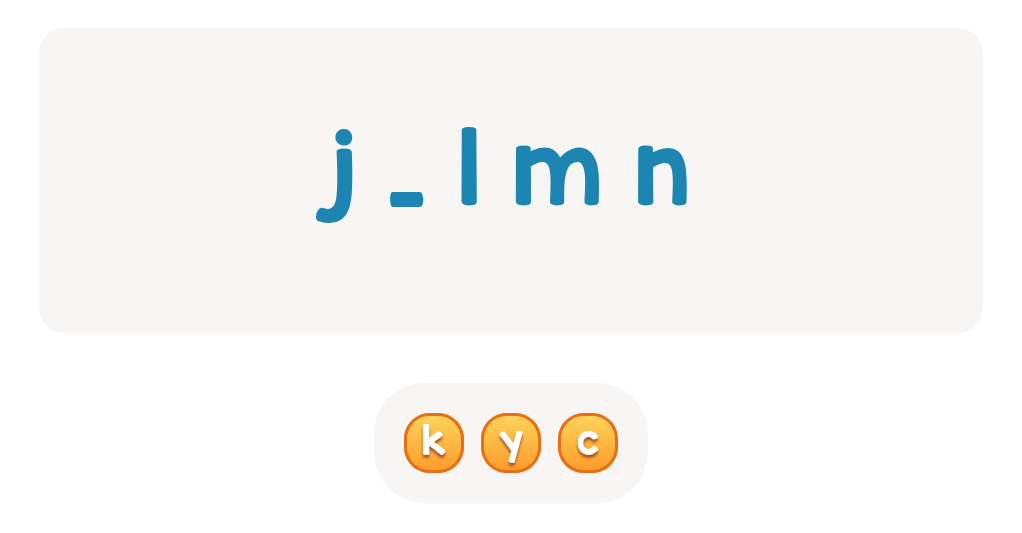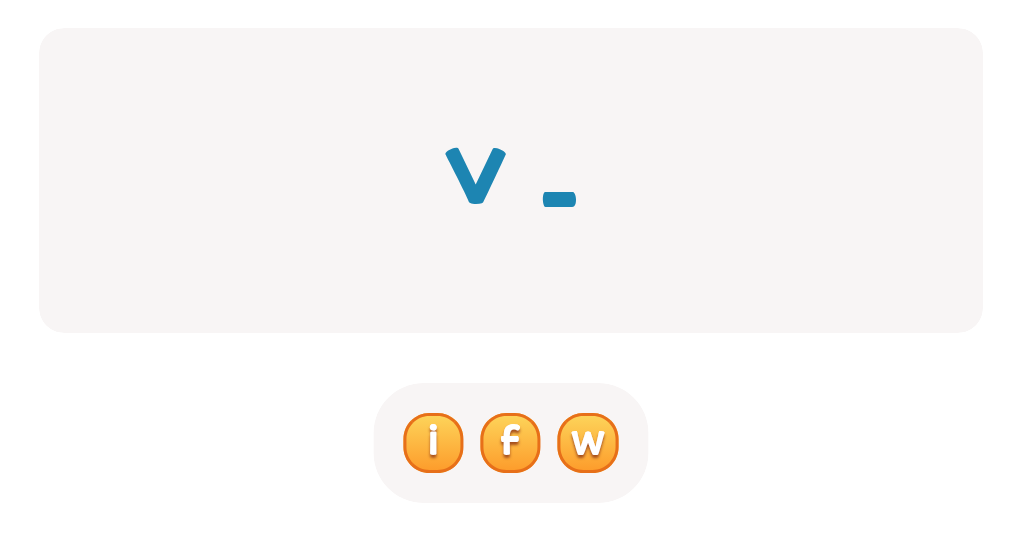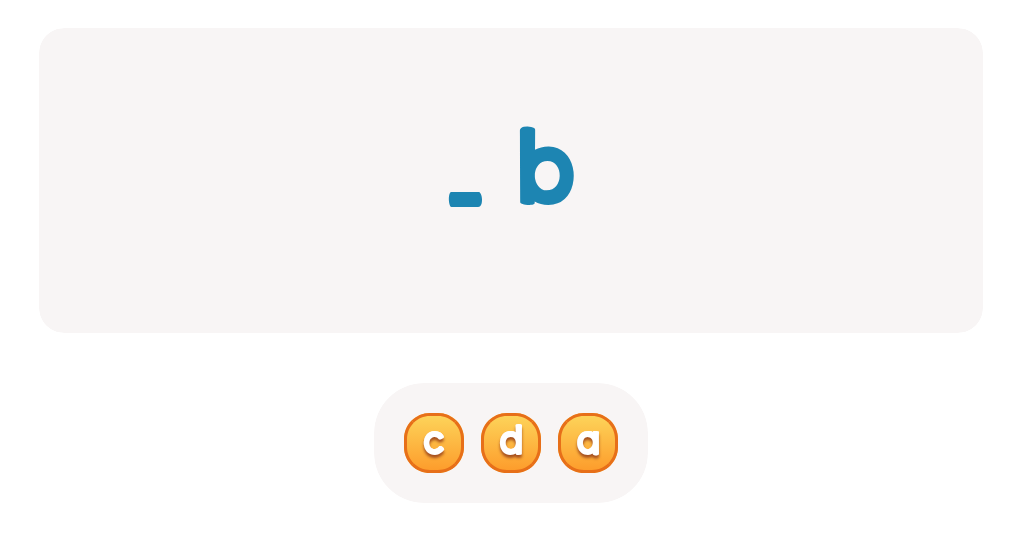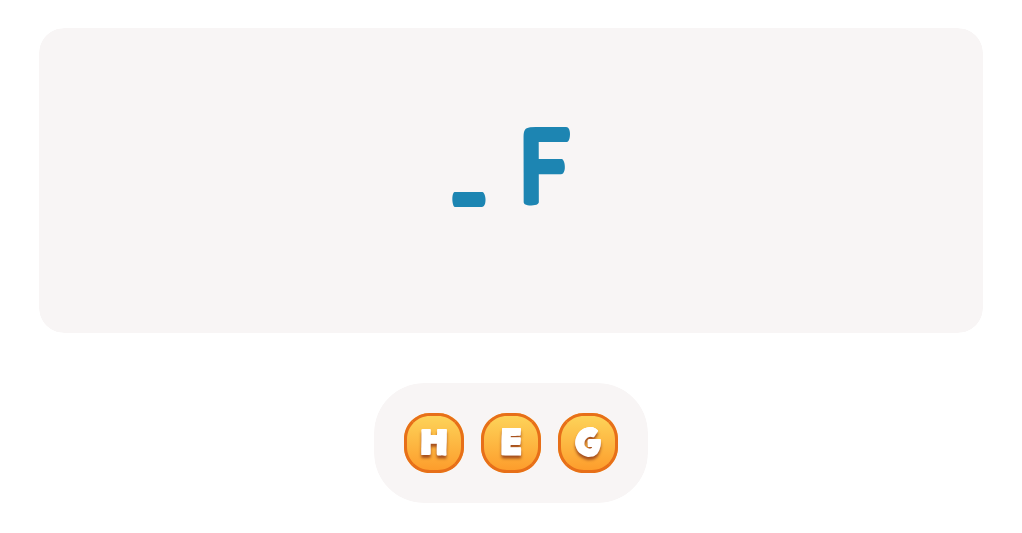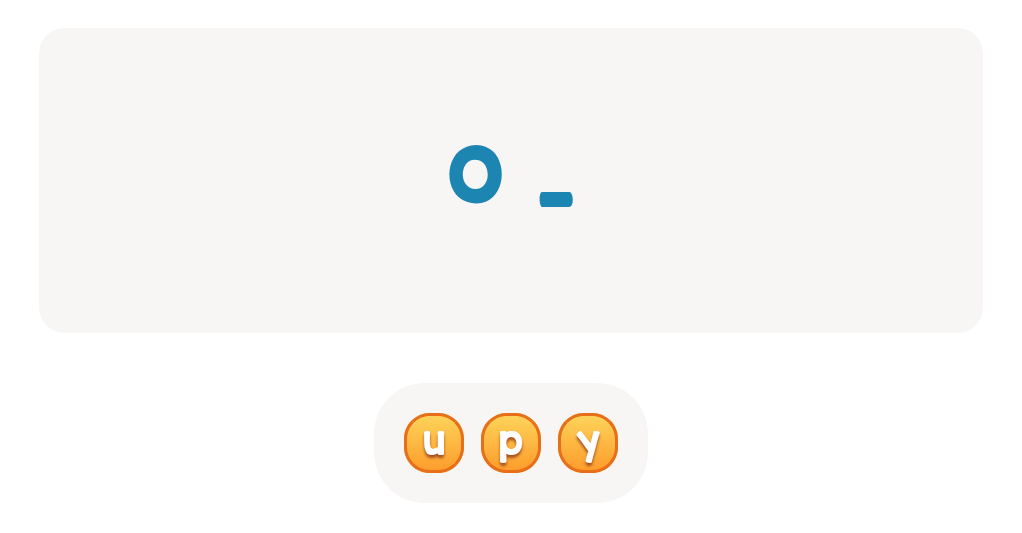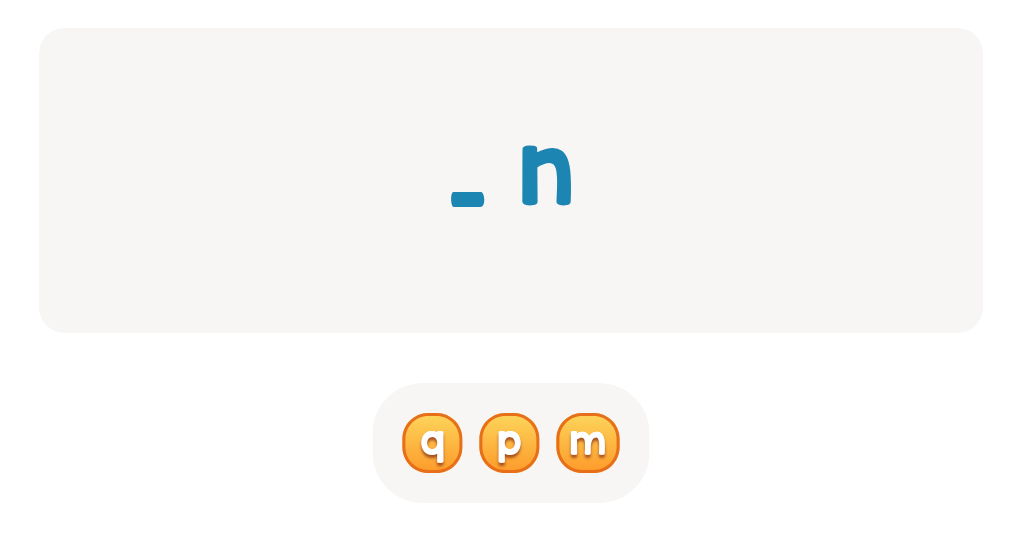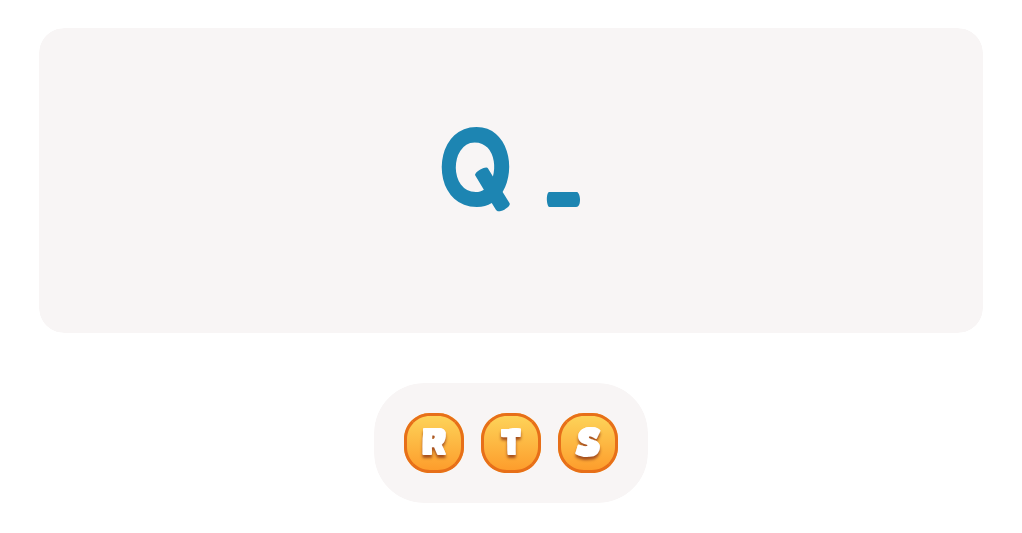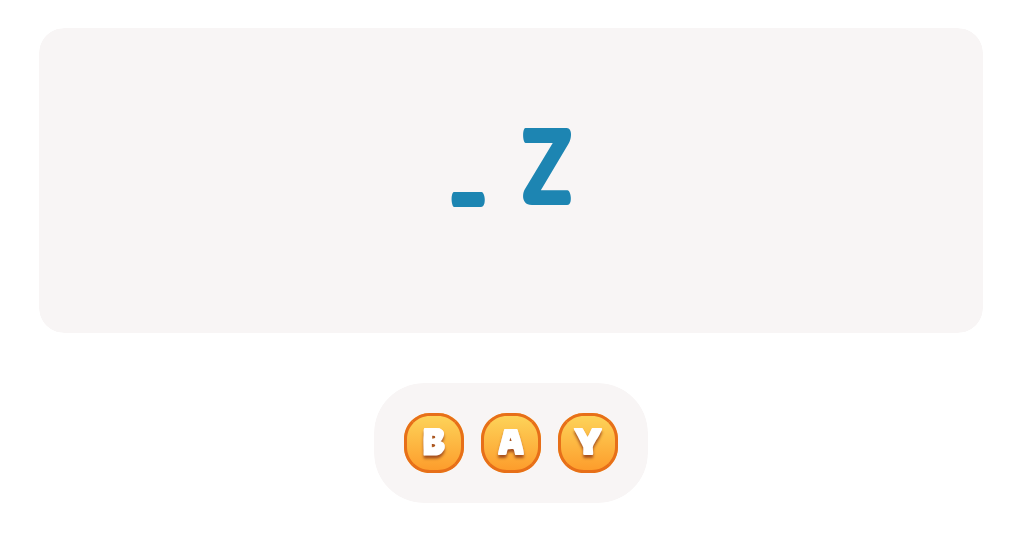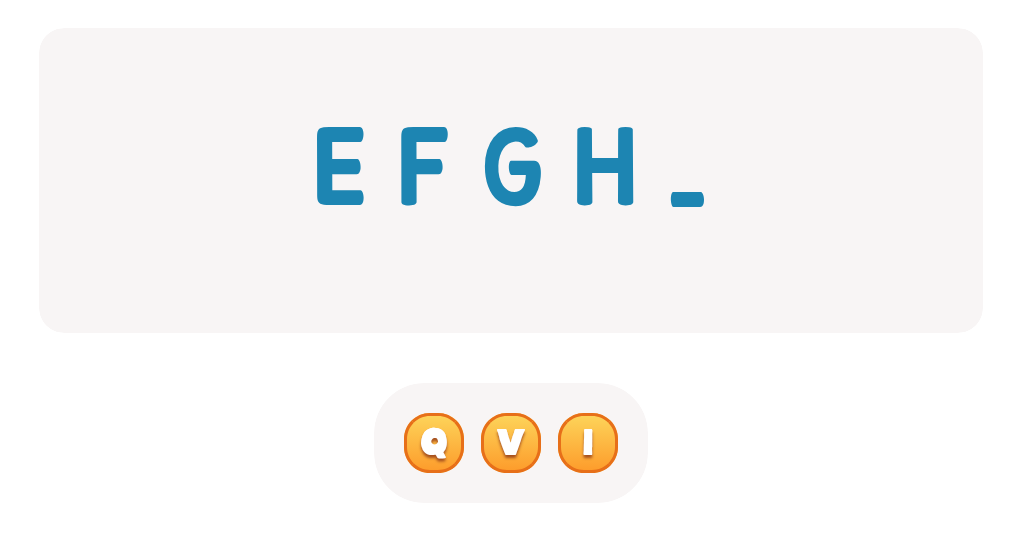Fine Motor Skills Normal ABC Order Worksheets for Ages 3-5
11 filtered results
-
From - To
Unlock your child's potential with our Fine Motor Skills Normal ABC Order Worksheets designed for ages 3-5! These engaging worksheets blend essential fine motor development with early literacy skills, helping young learners recognize and arrange the alphabet in order. Kids will enhance their hand-eye coordination and dexterity through fun activities such as tracing, cutting, and pasting. Our worksheets support sensory exploration and make learning enjoyable, ensuring children are both challenged and entertained. Perfect for home or classroom use, these resources lay the foundation for confident writing and reading skills. Start your child's educational journey with our interactive ABC order worksheets today!
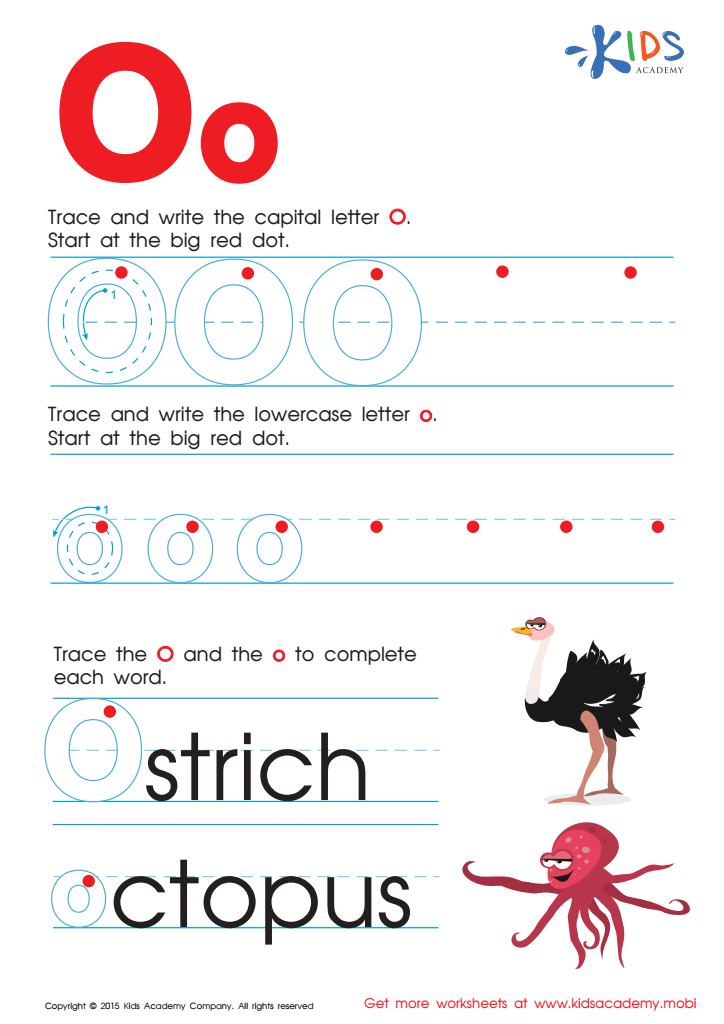

Letter O Tracing Page


Letter P Tracing Page
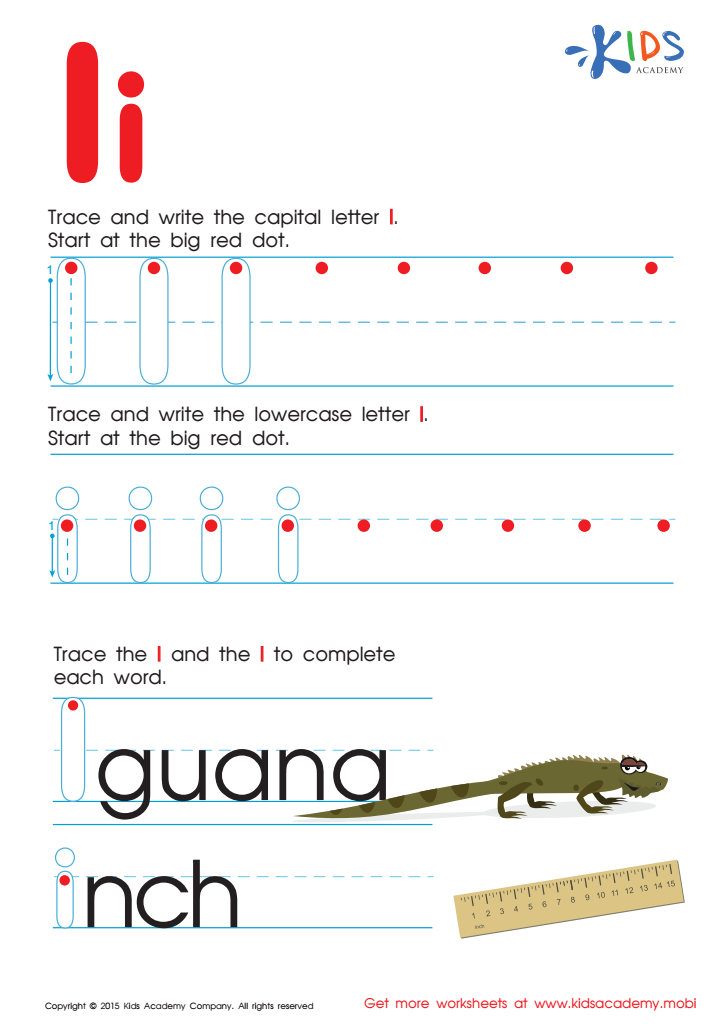

Letter I Tracing Page


Letter Q Tracing Page
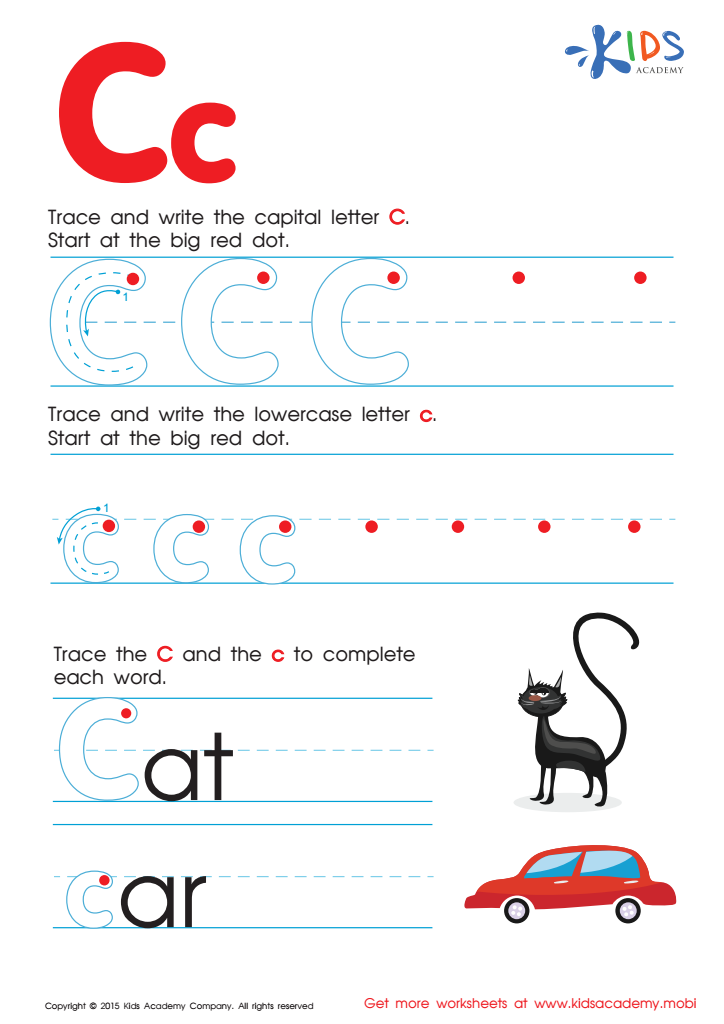

Letter C Tracing Page
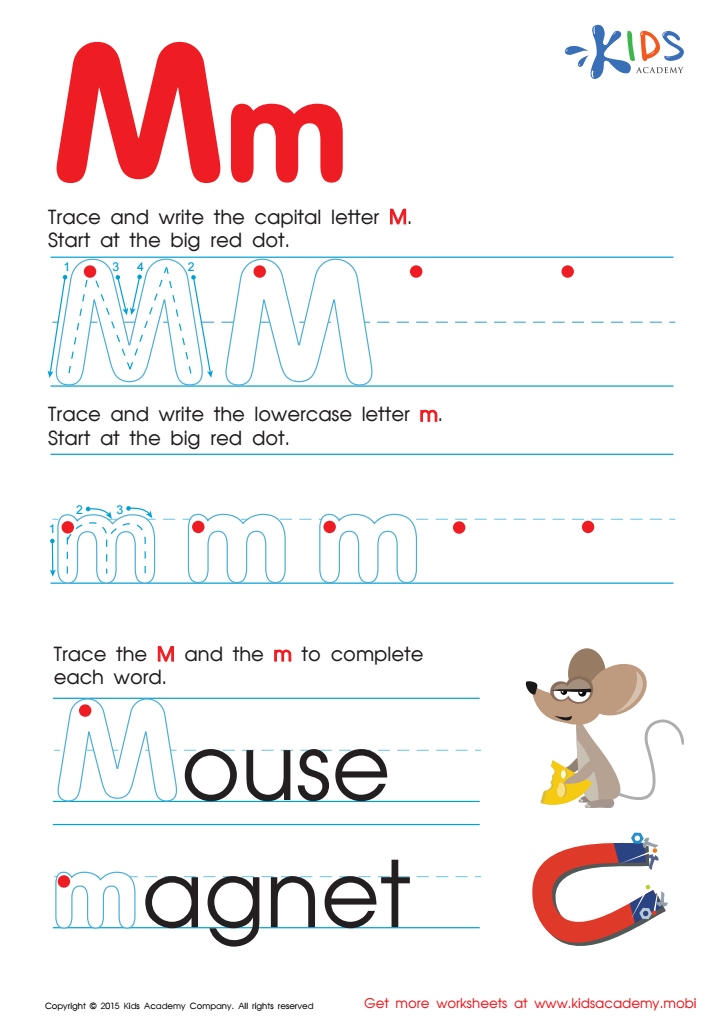

Letter M Tracing Page


Letter G Tracing Page
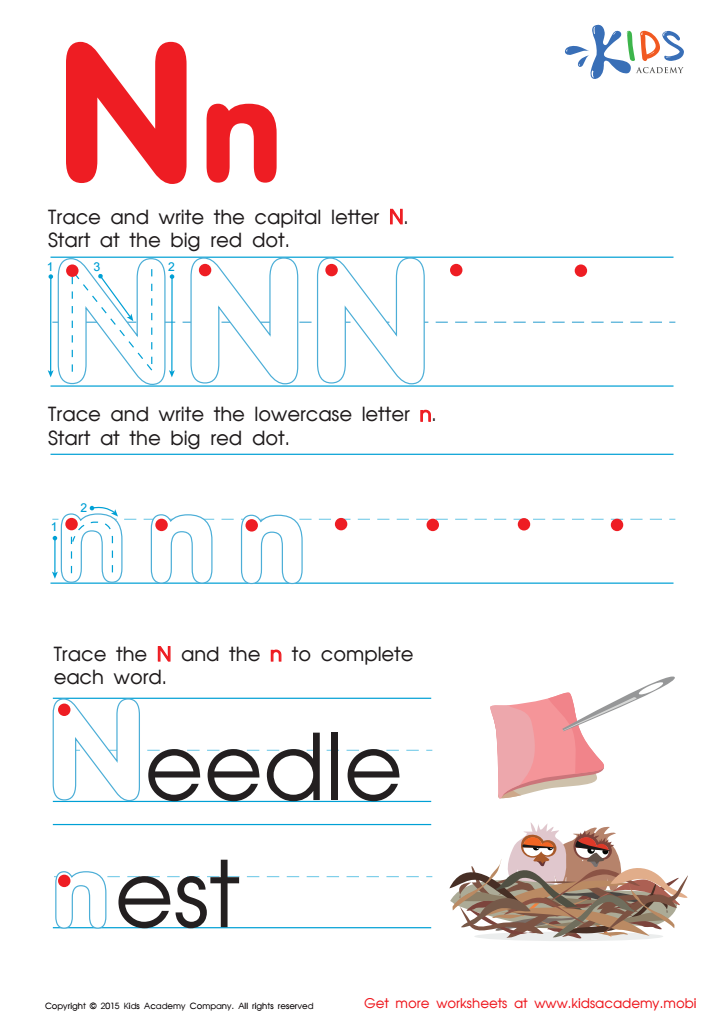

Letter N Tracing Page
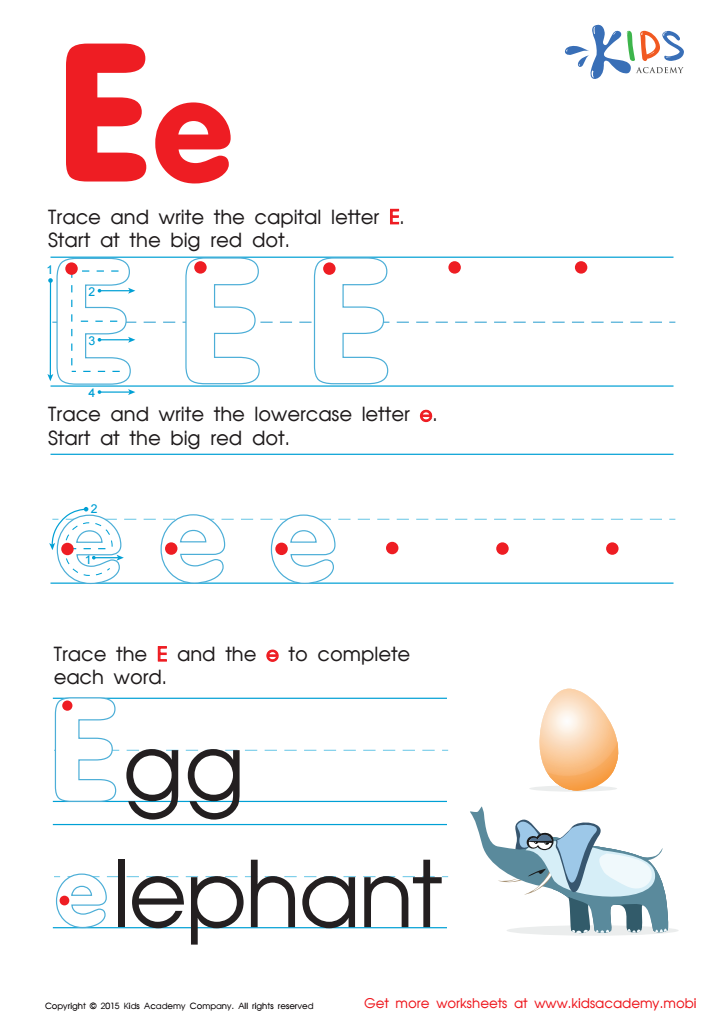

Letter E Tracing Page
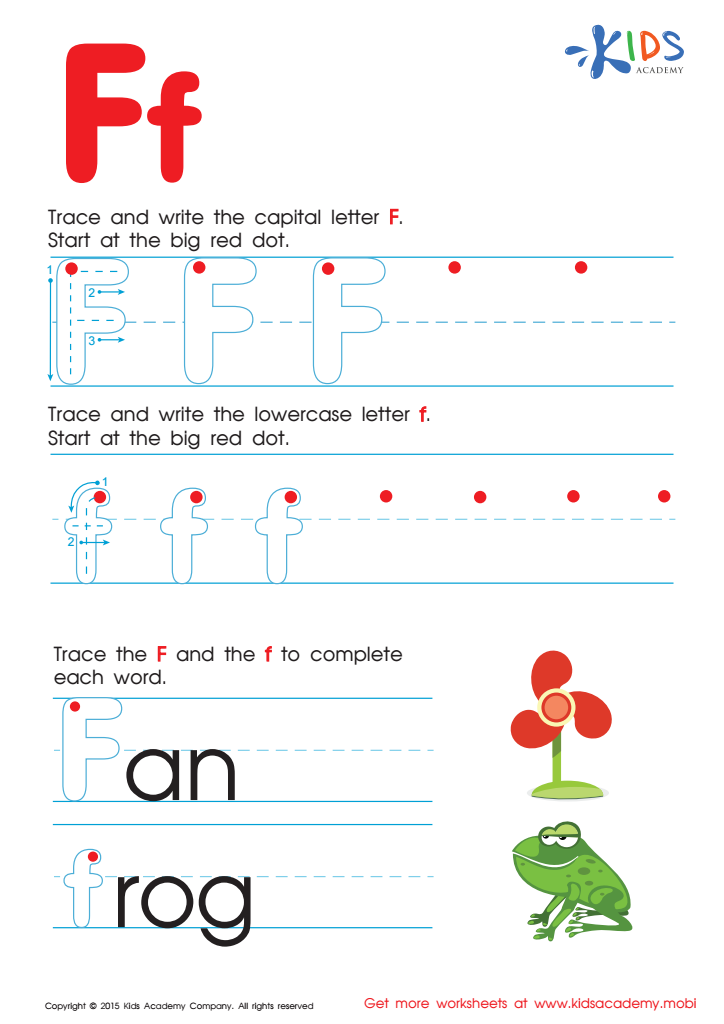

Letter F Tracing Page


Letter D Tracing Page
Fine motor skills, encompassing the coordination of small muscles in the hands and fingers, are crucial for children aged 3-5. These skills lay the foundation for various daily activities, from holding a crayon to buttoning a shirt. For parents and teachers, promoting the development of fine motor skills is essential for several reasons.
First, strong fine motor skills contribute significantly to a child’s academic performance. By mastering these skills, children can engage more effectively in writing, drawing, and crafting activities, which are prevalent in early childhood education. This not only fosters creativity but also builds confidence in their abilities.
Second, fine motor skills are vital for self-care tasks, enhancing independence. As children become proficient in skills like zipping zippers, using utensils, and tying shoelaces, they gain a sense of achievement and self-reliance.
Finally, fine motor development is linked to cognitive skills. Engaging in activities that strengthen these skills, such as puzzles, cutting with scissors, and manipulating toys, can enhance concentration and problem-solving abilities.
In conclusion, parents and teachers should prioritize fine motor skills in children aged 3-5 as they are foundational to both academic success and overall development. Investing time in building these skills can yield significant benefits for young learners.

 Assign to My Students
Assign to My Students
